| << Chapter < Page | Chapter >> Page > |
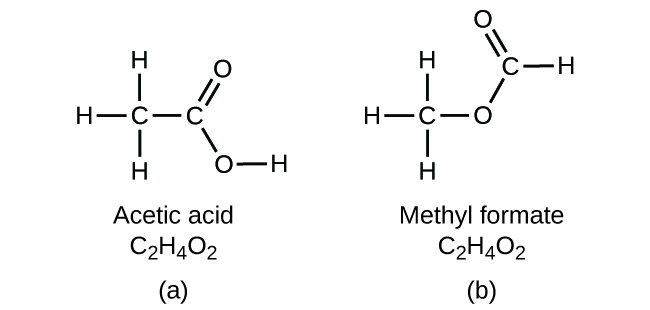
Many types of isomers exist ( [link] ). Acetic acid and methyl formate are structural isomers , compounds in which the molecules differ in how the atoms are connected to each other. There are also various types of spatial isomers , in which the relative orientations of the atoms in space can be different. For example, the compound carvone (found in caraway seeds, spearmint, and mandarin orange peels) consists of two isomers that are mirror images of each other. S -(+)-carvone smells like caraway, and R -(−)-carvone smells like spearmint.
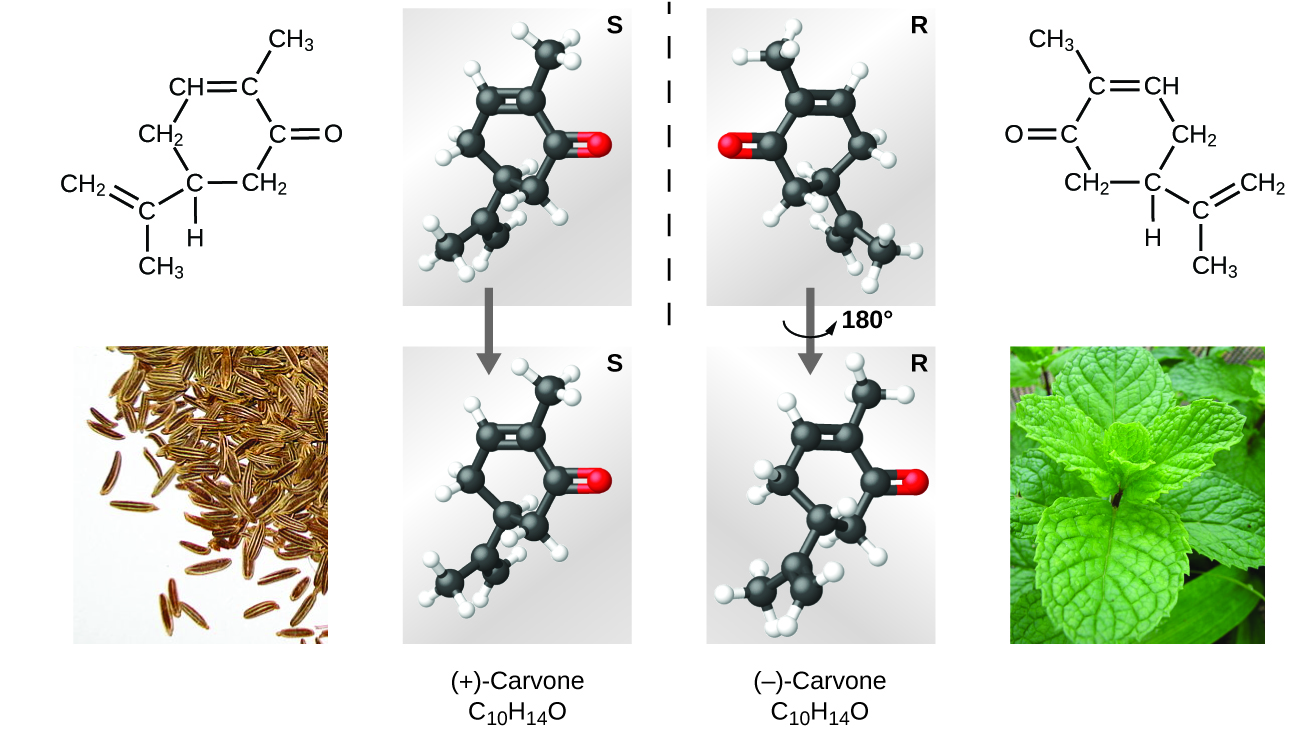
Select this link to view an explanation of isomers, spatial isomers, and why they have different smells (select the video titled “Mirror Molecule: Carvone”).
A molecular formula uses chemical symbols and subscripts to indicate the exact numbers of different atoms in a molecule or compound. An empirical formula gives the simplest, whole-number ratio of atoms in a compound. A structural formula indicates the bonding arrangement of the atoms in the molecule. Ball-and-stick and space-filling models show the geometric arrangement of atoms in a molecule. Isomers are compounds with the same molecular formula but different arrangements of atoms.
Explain why the symbol for an atom of the element oxygen and the formula for a molecule of oxygen differ.
The symbol for the element oxygen, O, represents both the element and one atom of oxygen. A molecule of oxygen, O 2 , contains two oxygen atoms; the subscript 2 in the formula must be used to distinguish the diatomic molecule from two single oxygen atoms.
Explain why the symbol for the element sulfur and the formula for a molecule of sulfur differ.
Write the molecular and empirical formulas of the following compounds:
(a)

(b)

(c)
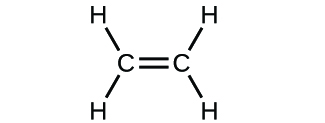
(d)
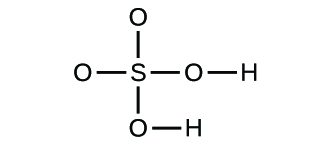
(a) molecular CO 2 , empirical CO 2 ; (b) molecular C 2 H 2 , empirical CH; (c) molecular C 2 H 4 , empirical CH 2 ; (d) molecular H 2 SO 4 , empirical H 2 SO 4
Write the molecular and empirical formulas of the following compounds:
(a)
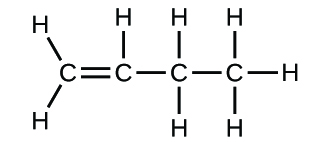
(b)
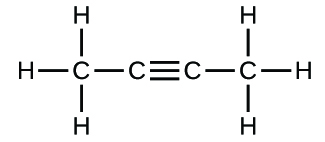
(c)
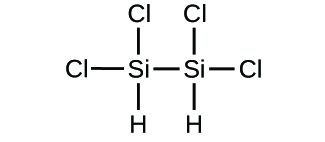
(d)
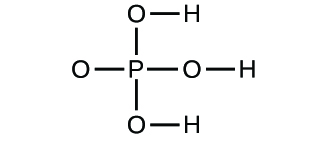
Determine the empirical formulas for the following compounds:
(a) caffeine, C 8 H 10 N 4 O 2
(b) fructose, C 12 H 22 O 11
(c) hydrogen peroxide, H 2 O 2
(d) glucose, C 6 H 12 O 6
(e) ascorbic acid (vitamin C), C 6 H 8 O 6
(a) C 4 H 5 N 2 O; (b) C 12 H 22 O 11 ; (c) HO; (d) CH 2 O; (e) C 3 H 4 O 3
Determine the empirical formulas for the following compounds:
(a) acetic acid, C 2 H 4 O 2
(b) citric acid, C 6 H 8 O 7
(c) hydrazine, N 2 H 4
(d) nicotine, C 10 H 14 N 2
(e) butane, C 4 H 10
Write the empirical formulas for the following compounds:
(a)
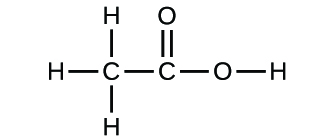
(b)

(a) CH 2 O; (b) C 2 H 4 O
Open the Build a Molecule simulation and select the “Larger Molecules” tab. Select an appropriate atoms “Kit” to build a molecule with two carbon and six hydrogen atoms. Drag atoms into the space above the “Kit” to make a molecule. A name will appear when you have made an actual molecule that exists (even if it is not the one you want). You can use the scissors tool to separate atoms if you would like to change the connections. Click on “3D” to see the molecule, and look at both the space-filling and ball-and-stick possibilities.
(a) Draw the structural formula of this molecule and state its name.
(b) Can you arrange these atoms in any way to make a different compound?
Use the Build a Molecule simulation to repeat [link] , but build a molecule with two carbons, six hydrogens, and one oxygen.
(a) Draw the structural formula of this molecule and state its name.
(b) Can you arrange these atoms to make a different molecule? If so, draw its structural formula and state its name.
(c) How are the molecules drawn in (a) and (b) the same? How do they differ? What are they called (the type of relationship between these molecules, not their names).
(a) ethanol
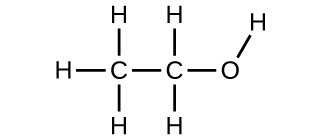
(b) methoxymethane, more commonly known as dimethyl ether

(c) These molecules have the same chemical composition (types and number of atoms) but different chemical structures. They are structural isomers.
Use the Build a Molecule simulation to repeat [link] , but build a molecule with three carbons, seven hydrogens, and one chlorine.
(a) Draw the structural formula of this molecule and state its name.
(b) Can you arrange these atoms to make a different molecule? If so, draw its structural formula and state its name.
(c) How are the molecules drawn in (a) and (b) the same? How do they differ? What are they called (the type of relationship between these molecules, not their names)?

Notification Switch
Would you like to follow the 'Chemistry' conversation and receive update notifications?